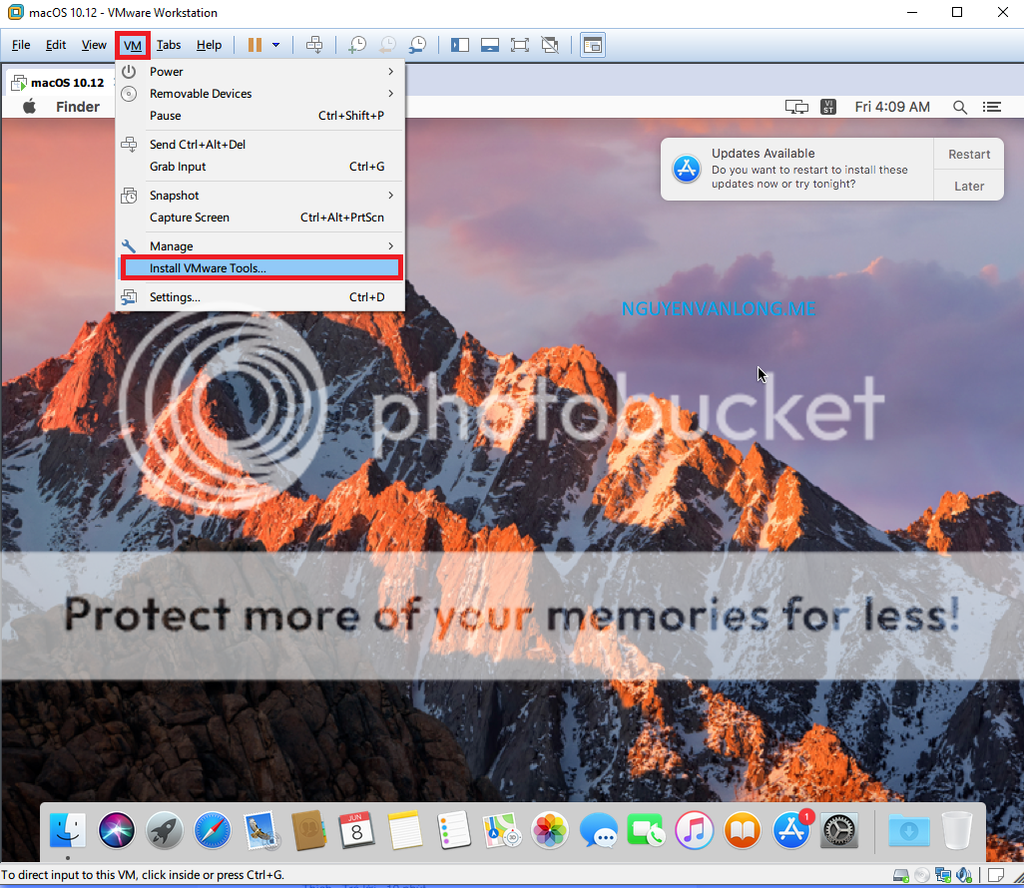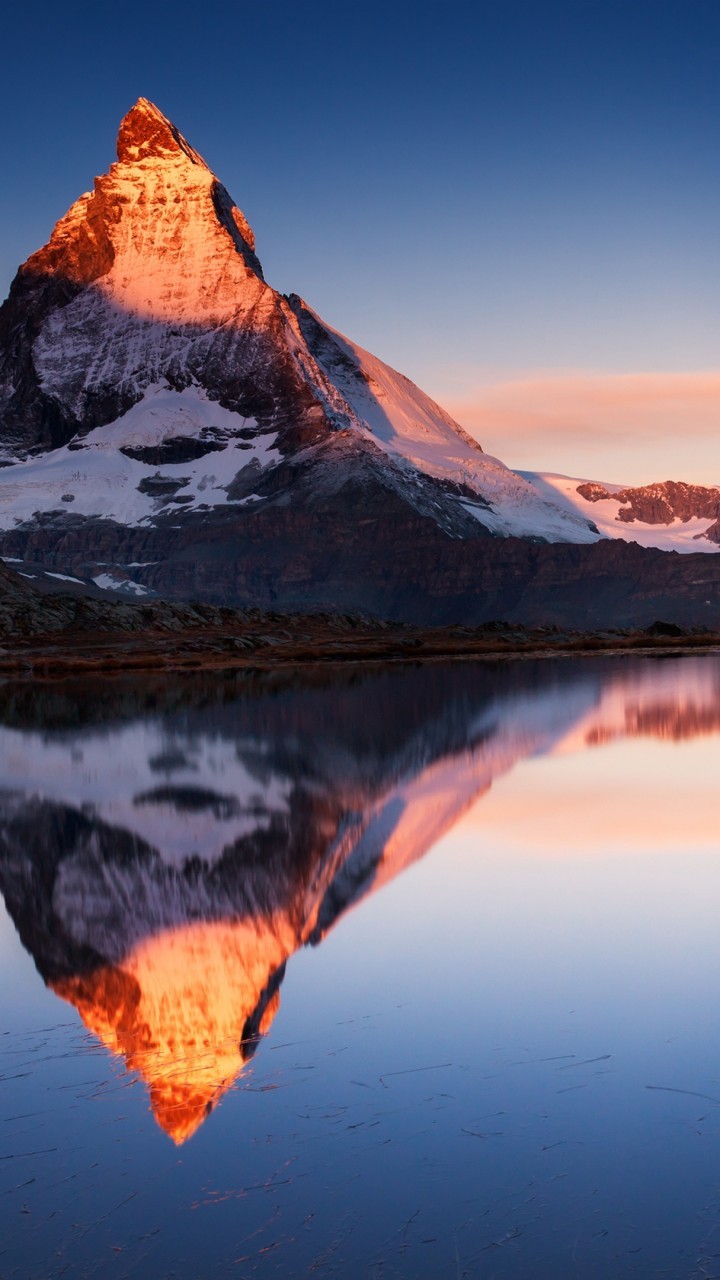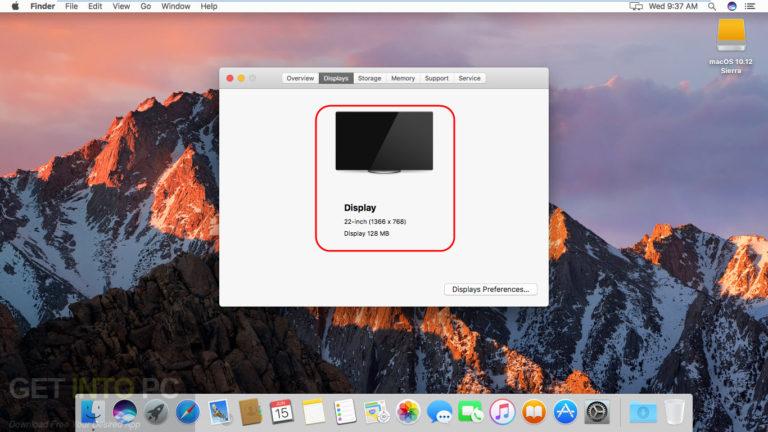
Mount it (or double-click in Finder to mount): hdiutil mount ~/Desktop/macOS_installmedia.sparseimage hdiutil create -size 6GB -fs JHFS+ -volname "macOS_installmedia" -type SPARSE ~/Desktop/macOS_installmedia Part 1: Creating the installer disk image.įire up Disk Utility and create a blank sparse disk image or use 'hdiutil', whichever you like. Freshly created VM (I just created a custom vm with stock standard settings choosing OS X 10.11 as the type).VMware Fusion 8.1.1 (only tested on this version).Latest greatest macOS Sierra installer (obviously).They've been using this since Mavericks and quite frankly, it's time to drop their own custom nonsense as Apple has been providing 'createinstallmedia' for a few years now. VMware Fusion uses their own custom script to create a temporary VMDK which the VM boots off. It does require a bit of a workaround however. This can be done by using either the macOS Sierra ISO file or macOS Sierra VMDK file.For those wondering if you can install macOS Sierra as a VM in Fusion, the answer is: Yes you can!

This article will go through the process of installing macOS Sierra on a virtual machine running VMware Workstation 12. It also includes a smarter search function that will find content in your emails, messages, photos, notes, contacts, and other places on your computer or iCloud account.Īpple released macOS Sierra back in 2016 for Mac.

The macOS Sierra offers a variety of new features that make it easier to work with files and documents without having to leave the applications you’re using. The macOS Sierra features Siri for Mac, a new way to organize files with the new iCloud Drive app, and a Universal Clipboard that lets you copy and paste between iOS devices and Macs. It was released worldwide on September 20, 2016.

The macOS Sierra is an operating system developed by Apple Inc. It comes with the latest version of macOS Sierra 10.12.

The macOS Sierra VMDK is a virtual machine for VMware and VirtualBox.


 0 kommentar(er)
0 kommentar(er)
